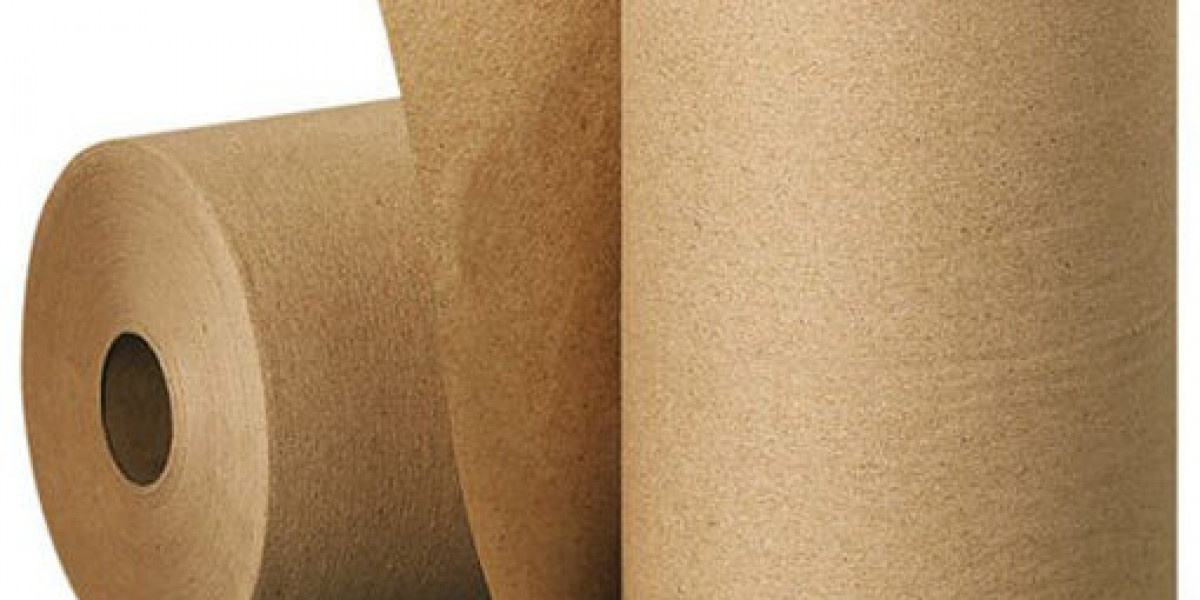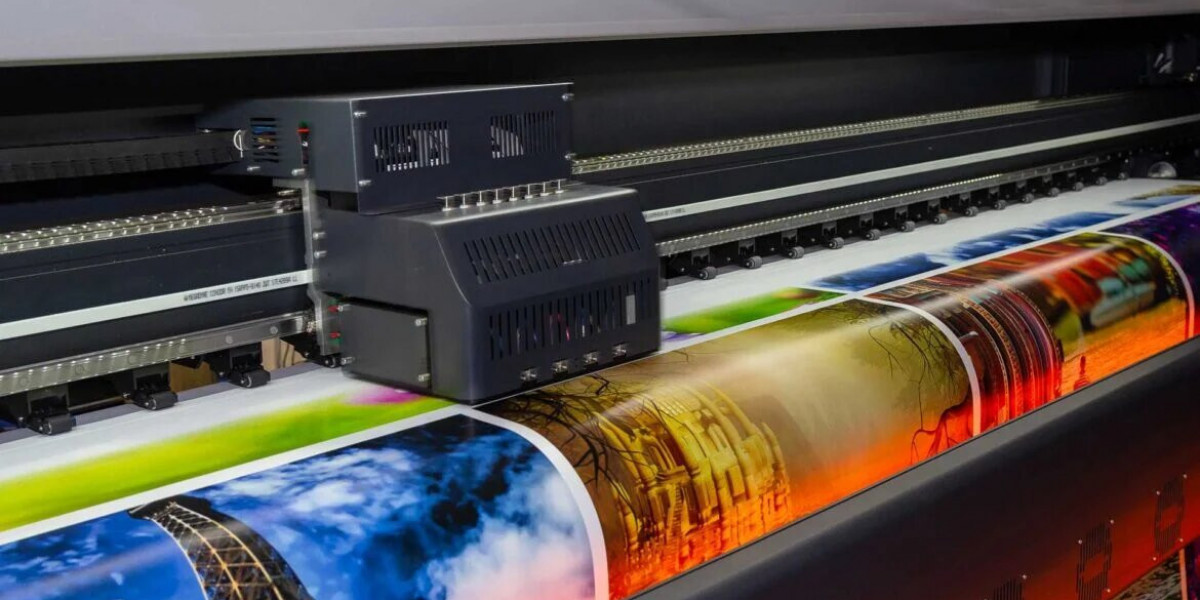The PE coated sack kraft paper market plays a crucial role in the global packaging industry, offering durability, moisture resistance, and strength. Widely used in sectors such as food packaging, cement, chemicals, and agriculture, this product undergoes a distinct lifecyclefrom raw material sourcing and manufacturing to application, disposal, and recycling. Understanding its lifecycle helps businesses optimize costs, improve sustainability, and adapt to evolving consumer preferences.
1. Raw Material Sourcing and Manufacturing
The lifecycle of PE coated sack kraft paper begins with raw material selection. Kraft paper, derived from wood pulp, is chosen for its high tensile strength, ensuring durability for heavy-duty packaging. The paper is then coated with polyethylene (PE) through extrusion or lamination processes. This coating enhances moisture resistance, making the product ideal for industries requiring robust packaging solutions.
Manufacturing involves several stages, including:
- Pulping and Papermaking Kraft paper is produced using chemical or mechanical pulping.
- PE Coating Polyethylene is applied through extrusion lamination for added water resistance.
- Printing and Customization Branding, labeling, and structural modifications are done based on industry needs.
2. Market Applications and Usage Phase
PE coated sack kraft paper serves multiple industries:
- Food Packaging Used for flour, sugar, and dairy powder packaging due to its protective barrier.
- Building Materials Cement and chemical packaging benefit from its strength and moisture resistance.
- Agriculture Fertilizer and seed packaging ensure product longevity and protection.
- Industrial Applications Used for bulk material storage in various manufacturing sectors.
During this phase, the demand for PE coated kraft paper is influenced by market trends, regulatory standards, and sustainability concerns. Businesses seek lightweight, cost-effective, and biodegradable alternatives without compromising on performance.
3. Product Decline and Environmental Considerations
As sustainability becomes a priority, the end-of-life phase of PE coated sack kraft paper is crucial. The combination of kraft paper and PE coating makes recycling complex, as separating the materials requires specialized processes. While kraft paper is biodegradable, the PE layer adds challenges, often leading to landfilling or incineration.
Efforts to improve disposal include:
- Recycling Programs Innovative technologies are being explored to separate and repurpose materials.
- Biodegradable Coatings Research focuses on replacing PE with compostable bio-based alternatives.
- Regulatory Compliance Governments push for recyclable and eco-friendly packaging solutions.
4. Future Trends and Innovations
The PE coated sack kraft paper market is evolving toward sustainability. Key trends shaping the industry include:
- Water-based Coatings Offering similar protection without environmental drawbacks.
- Advanced Recycling Techniques Improving material recovery and reuse.
- Circular Economy Models Encouraging closed-loop packaging systems.
- Government Regulations Driving shifts toward greener alternatives.
Conclusion
The PE coated sack kraft paper market lifecycle encompasses raw material sourcing, production, utilization, and disposal. While its durability and versatility make it indispensable, challenges related to recycling and environmental impact are reshaping the industry. Moving forward, technological advancements and regulatory shifts will determine how businesses innovate for a sustainable future.









